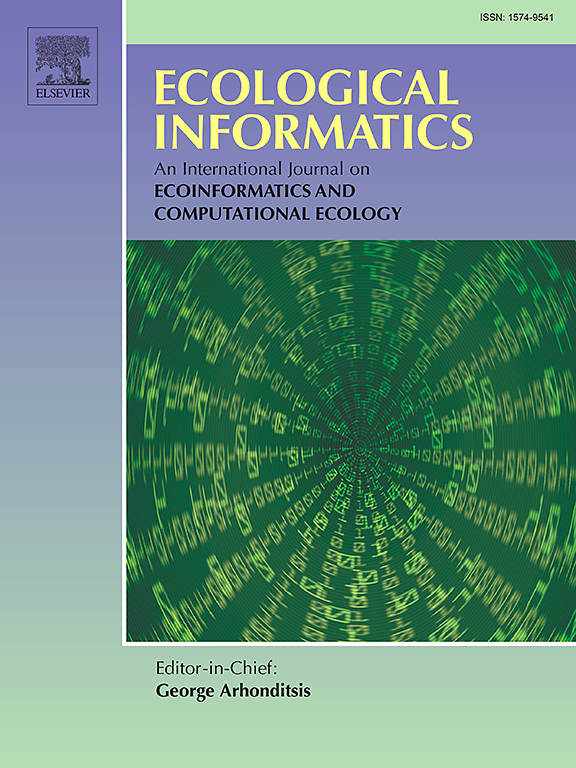Improved digital mapping of soil texture using the kernel temperature–vegetation dryness index and adaptive boosting
IF 5.8
2区 环境科学与生态学
Q1 ECOLOGY
引用次数: 0
Abstract
Existing soil texture mapping methods cannot accurately predict soil texture in complex geographical environments. To address this challenge, we propose a method that combines a kernel temperature–vegetation dryness index (kTVDI) with a gradient boosting algorithm to accurately predict the spatial distribution of soil texture. In this study, we collected 399 soil samples collected from Mingguang City in southeast China and made spatial predictions of soil texture based on remote sensing indices such as the kernel normalized difference vegetation index computed from Landsat8 data and topographic attributes computed via digital elevation model as environmental covariates. We validated model performance by mapping the spatial distributions of sand, silt, and clay particle fractions in the city (30-m resolution), using the boosting algorithms adaptive boosting (AdaBoost), gradient boosting decision tree (GBDT), extreme gradient boosting (XGBoost), light gradient boosting machine (LightGBM), and categorical boosting (CatBoost). Among the environmental covariates, the kTVDI, digital elevation index, and salinity index have the highest importance values for soil texture prediction. The kTVDI is better for sand and silt prediction (especially sand). When combined with AdaBoost, the kTVDI can effectively improve the accuracy and consistency of the prediction model. Uncertainty analyses showed that the kTVDI was more effective at modeling soil texture in the plains. In summary, we present a new approach for accurately predicting the spatial distribution of soil texture and empirically validate its effectiveness and advantages for practical applications.
求助全文
约1分钟内获得全文
求助全文
来源期刊

Ecological Informatics
环境科学-生态学
CiteScore
8.30
自引率
11.80%
发文量
346
审稿时长
46 days
期刊介绍:
The journal Ecological Informatics is devoted to the publication of high quality, peer-reviewed articles on all aspects of computational ecology, data science and biogeography. The scope of the journal takes into account the data-intensive nature of ecology, the growing capacity of information technology to access, harness and leverage complex data as well as the critical need for informing sustainable management in view of global environmental and climate change.
The nature of the journal is interdisciplinary at the crossover between ecology and informatics. It focuses on novel concepts and techniques for image- and genome-based monitoring and interpretation, sensor- and multimedia-based data acquisition, internet-based data archiving and sharing, data assimilation, modelling and prediction of ecological data.
 求助内容:
求助内容: 应助结果提醒方式:
应助结果提醒方式:


